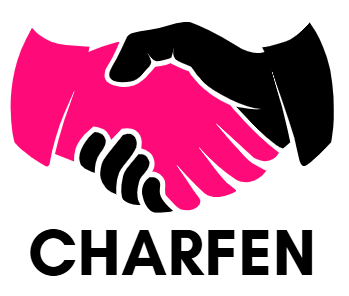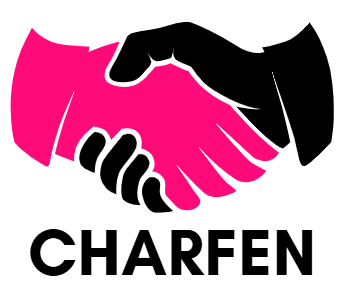When preparing for RADV audit preparation, retrospective chart reviews are a cornerstone of compliance and financial integrity in Medicare Advantage. These reviews provide a critical opportunity to verify that clinical documentation accurately supports risk adjustment coding, uncover missing diagnoses, and correct potential errors before audits occur. By investing in thorough, timely chart reviews, health plans can safeguard revenue, strengthen audit readiness, and promote better patient care.
The Purpose of Retrospective Chart Reviews
Retrospective chart reviews analyze previously completed patient encounters to ensure that all relevant diagnoses have been documented and appropriately coded. This process helps uncover “hidden” conditions that might have been overlooked during the initial coding process, addressing documentation gaps that could lead to underpayments or audit findings.
In Medicare Advantage, where risk adjustment coding directly influences reimbursement, these reviews are essential to confirm that patient risk profiles reflect the true clinical picture. Retrospective reviews also serve as a quality control mechanism to prepare for RADV audits by identifying and remedying documentation or coding weaknesses before external scrutiny.
Key Elements for Effective Chart Reviews
- Comprehensive Sampling
Select charts representing diverse patient populations, focusing on high-risk or complex cases where missed documentation has the greatest financial and clinical impact. - Clinically Qualified Reviewers
Utilize trained CDI specialists and coders who understand both clinical nuances and coding guidelines. Their expertise is crucial for accurately interpreting medical records and identifying gaps. - Structured Review Protocols
Follow standardized protocols that align with CMS and payer-specific requirements. Consistency in review criteria ensures reliable results and facilitates trend analysis. - Actionable Feedback and Query Management
Efficiently communicate findings to providers through clear, respectful queries that request clarifications or additional documentation. Timely provider responses enhance review effectiveness. - Ongoing Education and Process Improvement
Use review outcomes to inform targeted education, refine documentation guidelines, and improve internal workflows, reducing future errors.
Overcoming Common Challenges
Retrospective chart reviews can be resource-intensive, requiring significant time and expertise. Managing large volumes of charts, ensuring prompt query resolution, and maintaining provider engagement are common hurdles. Leveraging technology such as automated chart prioritization and natural language processing can optimize the review process, helping focus efforts on the highest-value cases.
Building strong relationships with providers through transparent communication about the importance of documentation fosters collaboration and increases query response rates. This partnership approach helps transform chart reviews from compliance chores into shared commitments to quality care and accurate reporting.
Benefits Beyond Compliance
While retrospective reviews are often viewed through the lens of audit readiness, their impact extends to broader organizational goals. Accurate documentation supports better risk stratification, informing care management programs and improving patient outcomes. Reliable risk adjustment coding also stabilizes revenue streams, enabling health plans to invest in enhanced services and community health initiatives.
Conclusion
Retrospective chart reviews are a critical component of effective RADV audit preparation in Medicare Advantage. By systematically verifying documentation accuracy and addressing gaps, health plans protect revenue and maintain compliance with regulatory standards. When executed thoughtfully and supported by technology and collaboration, these reviews strengthen clinical documentation, enhance provider engagement, and lay the foundation for sustained success in value-based care.











